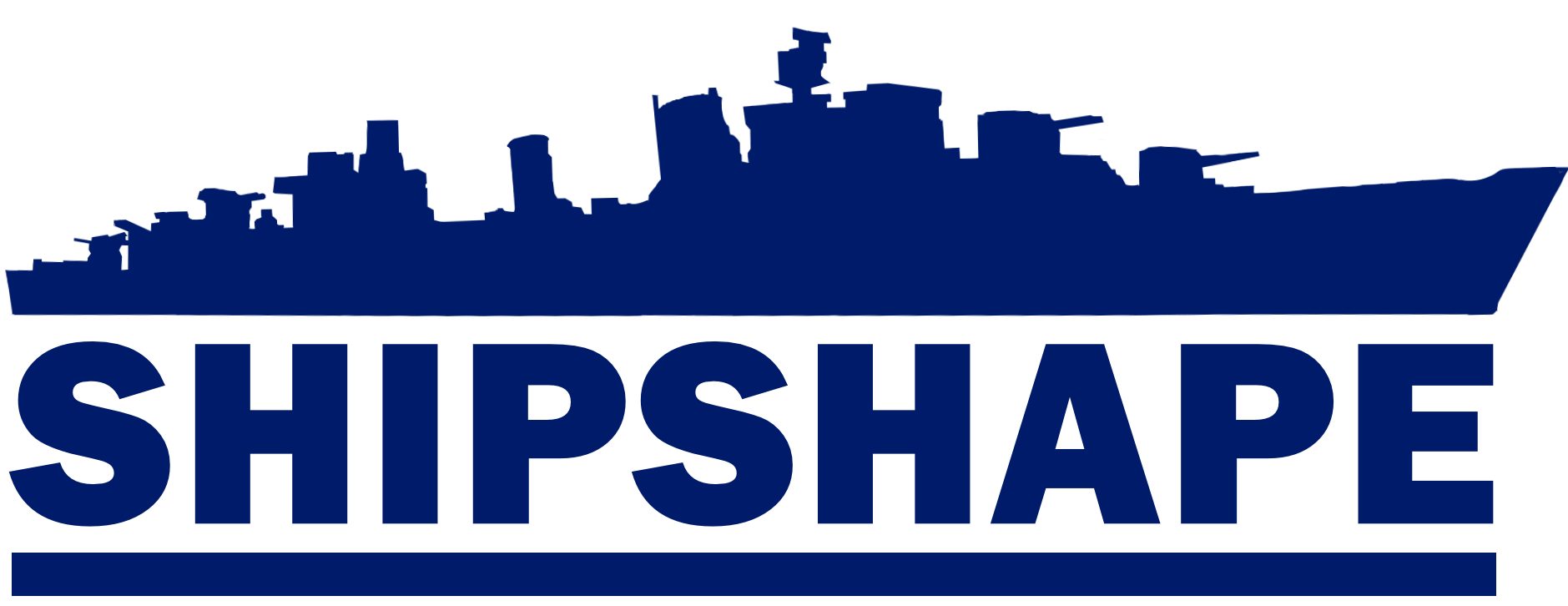Backers of ScandiShip 24 will get exclusive access to a bonus wargaming video. This time round, the ShipShape crew will be refighting parts of an often-overlooked part of the Napoleonic Wars. In this article, Dr Alex Clarke explains why the Gunboat War is getting our attention.

English Brig Attacked by Danish-Norwegian gunboat by Christian Mølsted
After the British decided the strategic situation required them to make ‘Copenhagen’ a verb, in simple terms to destroy an enemy’s fleet in harbour in detail is to ‘Copenhagen’ them, the Dano-Norwegian Forces did not take that lying down. This lead to a war in Baltic, where twice the Swedish joined forces with the British to fight Denmark-Norway which was supported by both the empires of Russia & France. It was a war which would see Norway ceded to Sweden, Pomerania ceded to Denmark and Britian gain control of Heligoland.
It had highs and lows for both sides, it had battles that both sides felt they should have won. It had actions which required the attention of vital resource for all involved. Whilst the war against America of 1812-4 is often featured more widely in the press, the Gunboat war required many of the best frigates, the best 4th rate ships of the line and 64gun 3rd rate ships of the line, as well several of the Royal Navy better independent Captains to achieve victory in the waters of Scandinavia and the Baltic.
The Battle of Copenhagen (1807) that started it is the most remembered, but the actions of Zealand Point where the last Dano-Norwegian Ship of the Line fell to overwhelming British firepower and Saltholm where a British convoy was overwhelmed by gunboats and mortar boats are far more realistic and representative in their ability to portray the lessons of the war. This is of course not mentioning Lyngør where a 64gun 3rd Rate, HMS Dictator, a sister ship of HMS Africa of the Battle of Trafalgar fame, proved that often the line between being a better Royal Navy captain and possible insanity(at least a solid teenage drivers understanding of how big gaps are vs their car width) is a very fuzzy area.
This was is not the sole reason for our visit to Sweden, Norway & Finland, but it is just so illustrative of the rich tapestry of naval history with those nations, within Scandinavia as whole, let alone the wider Baltic region, that is so often overlooked. We are going there to do our best to help in our own small way, illuminate it for others – hopefully to scout a path that many more will venture in our wake.
